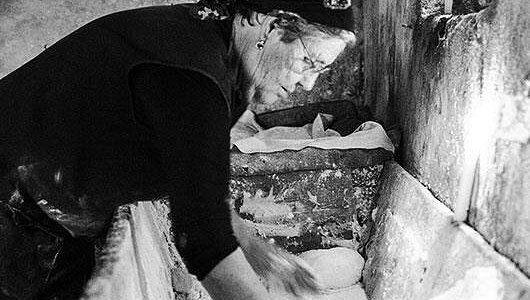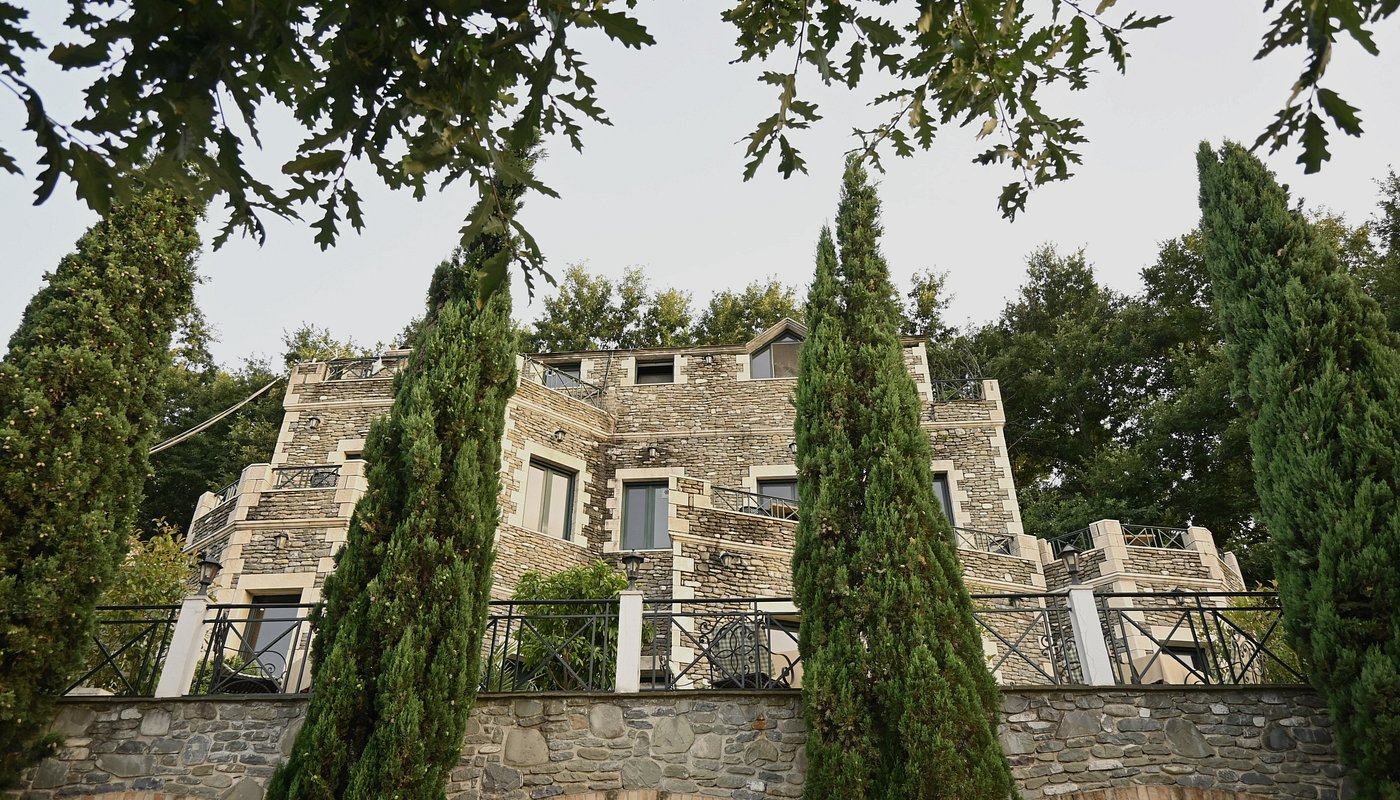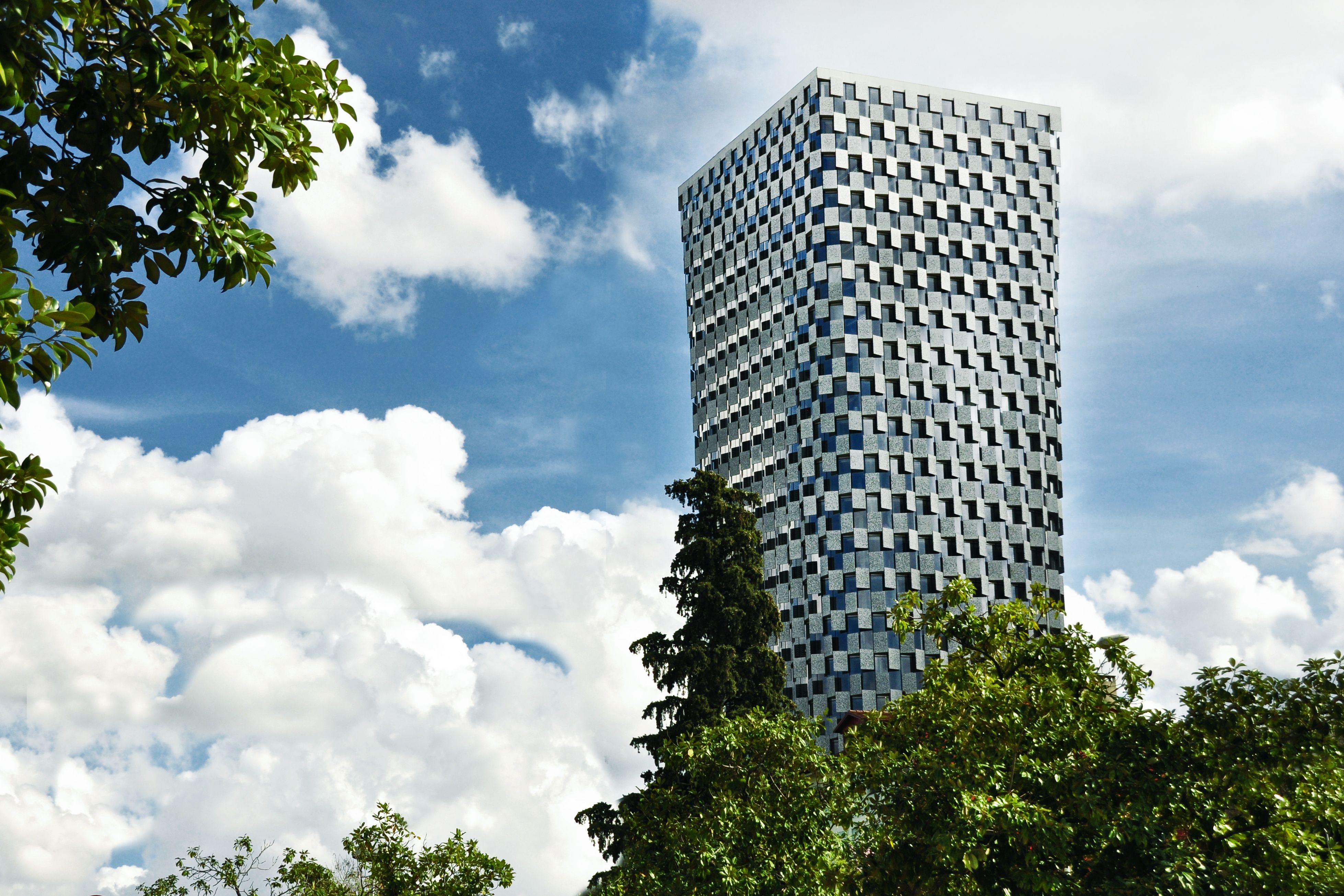
5 Top Places to visit in Tirana
1. History Skanderbeg Square
The history of the square began in 1917, about 100 years ago, when the first parliament in Tirana was built, the building where the Puppet Theater is currently located. Then at the time of King Zog, the first ministries with Italian style architecture were built in this area.
The Skanderbeg monument was established in 1968 during the period of the dictatorial regime. The monument was the work of Odhisa Paskali and his team. After the monument was placed, the square was restored and a fountain was placed in the middle.
During the dictatorial regime, the Opera and Ballet Theater, the National Museum and the Tirana International Hotel were also built, which can be called a precious part of our history. The former shape of the square of that time people remember with nostalgia and those who lived at that time have always been fanatical about changing the square. But the speaker Enver Hoxha placed his monument in the square, which was removed by the protesting students on February 20, 1991.
2.Bunk Art
UNDERNEATH TIRANË, THE CAPITAL OF Albania, there is a five-story bunker of spidery hallways and over 100 rooms. Originally codenamed “Objekti Shtylla,” the shelter was built in the 1970s under the orders and direction of Enver Hoxha, communist leader of Albania for over four decades. What was once intended to protect Hoxha and his cabinet in the event of a nuclear attack is now a mixed-use art and culture center, but with a keen eye towards preservation and remembrance of the dark years under Hoxha’s rule.
Known as Bunk’Art, 24 rooms of the sprawling shelter have been converted into a history museum and contemporary art gallery. The result of the combined efforts of the Albanian government and a nonprofit art collective called Qendra Ura or “Center Bridge.”
Inside are living quarters and meeting rooms, staged as they would have been at the time, for Hoxha, his officers, and their soldiers. One room, originally the dictator’s own office (it’s a little swankier than the other quarters) plays his voice on a loop if you pick up the phone receiver and listen.
Hoxha died a few years before the bunker was completed, and it was never actually put into service. It was completely unknown to the public, the only way in and out was from inside the secretive ministry. Entrance and exit tunnels were built in 2014 to open it up, which add to an anticipatory eerie quality when visiting.
But once inside there is a world of bright and evocative contemporary art, right alongside the stark fallout rooms and photographic displays. In addition to providing space for visual artists, the old bunker theater is used for frequent concerts, lectures, and other events. You can see additional photographs, and find out more about the bunker, here.
3.Tirana Castel
The castle was a way station of the Egnatia line of the Mansio-Mutatio type. It comprised the gender of a settlement, named with a variation of ge names in the first centuries of our era. Tirkan (4th century AD), Tergiana (1297) when the chancellery of its ruler Karli was located there | Anjou, and in the present form Tyranna (1505) according to Barlet. This toponym has not yet been completely corrected. But the castle, the oldest evidence of this
the city is located precisely in the place where the old and new roads that connected it flowed and crossed
the capital and then all of Shiperine - north to south, east to west. In the premises of the Castle
Tirana has several traditional houses that have created the style of Tirana's civic buildings. In buildings
members of the ruling families of the city have lived inside the Castle of Tirana and for this reason they
are also considered as buildings of the first local administration.
Each of the old roads, before entering Tirana, was dominated by a castle or fortress. The castle of
Lalmit (1st century AD) was located on the hill where the Erzenit river took a turn and allowed the road crossing to Petrela.
Tujani Castle, a stone fortification with a quadrangular shape, where traces of life can be found from the period of
iron first. Rebuilt in the 4th century, it was the entrance gate of the Dibër-Tirana-Durra corridor. On the side of
another, near the Vile mountain where the Krraba straits are, was the Illyrian city of the Parthians, Persqopi (V-I|l century
BC), whose inhabitants then moved to Petrelë.
4.TEG Shoping Center
In the heart of the area with the most potential of Tirana, lies the reason to experience fashion, the perfect food and the perfect way to spend your free time.
Explore 54,000 square meters of bliss with 150 stores offering the latest trends at fantastic prices, not forgetting home furnishings, entertainment and impressive gastronomy.
When you visit our center be prepared to be faced with endless choices as you will find a variety of options in fashion, accessories, shoes, jewelry, gifts, souvenirs, books, wellness and beauty products, electronics and home furnishings. Opened in November 2011, Tirana East Gate is part of Balfin Group, the largest financial group in the region.
5. Dajti Maunting
Dajti Ekspres, Albania’s most popular tourist attraction. Located just outside the city, the Austrian built cable car will whisk you away to our complex at the top of Dajti Mountain on the longest cableway in the Balkans. Our website provides you with all the necessary information to plan your trip including ticket prices and opening times, tips on public transport & taxi’s as well as maps and parking info. You can also find out more about our hospitality services including the fantastic Dajti Tower Hotel & Cliff-top Restaurant “Ballkoni Dajtit” as well as all the exciting activities you can do at the top of Dajti mountain!
 Sept. 12, 2023
Sept. 12, 2023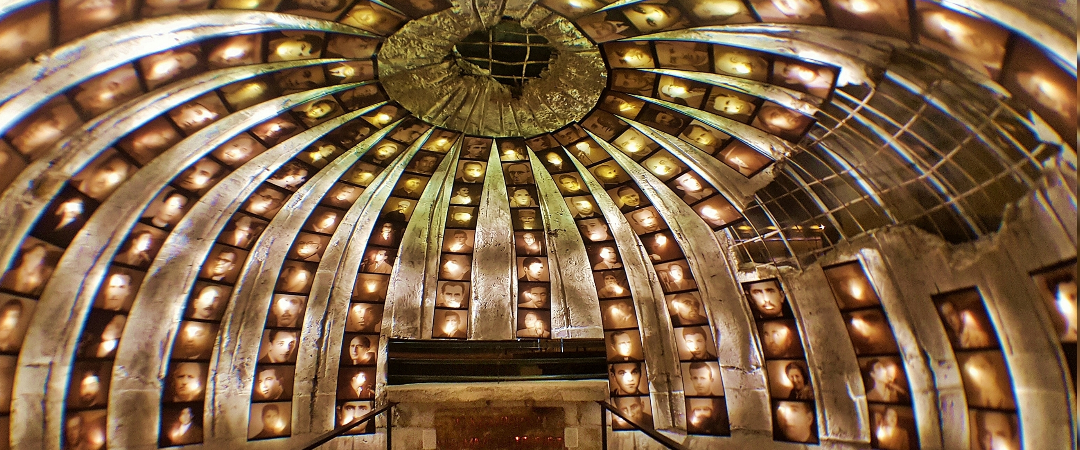
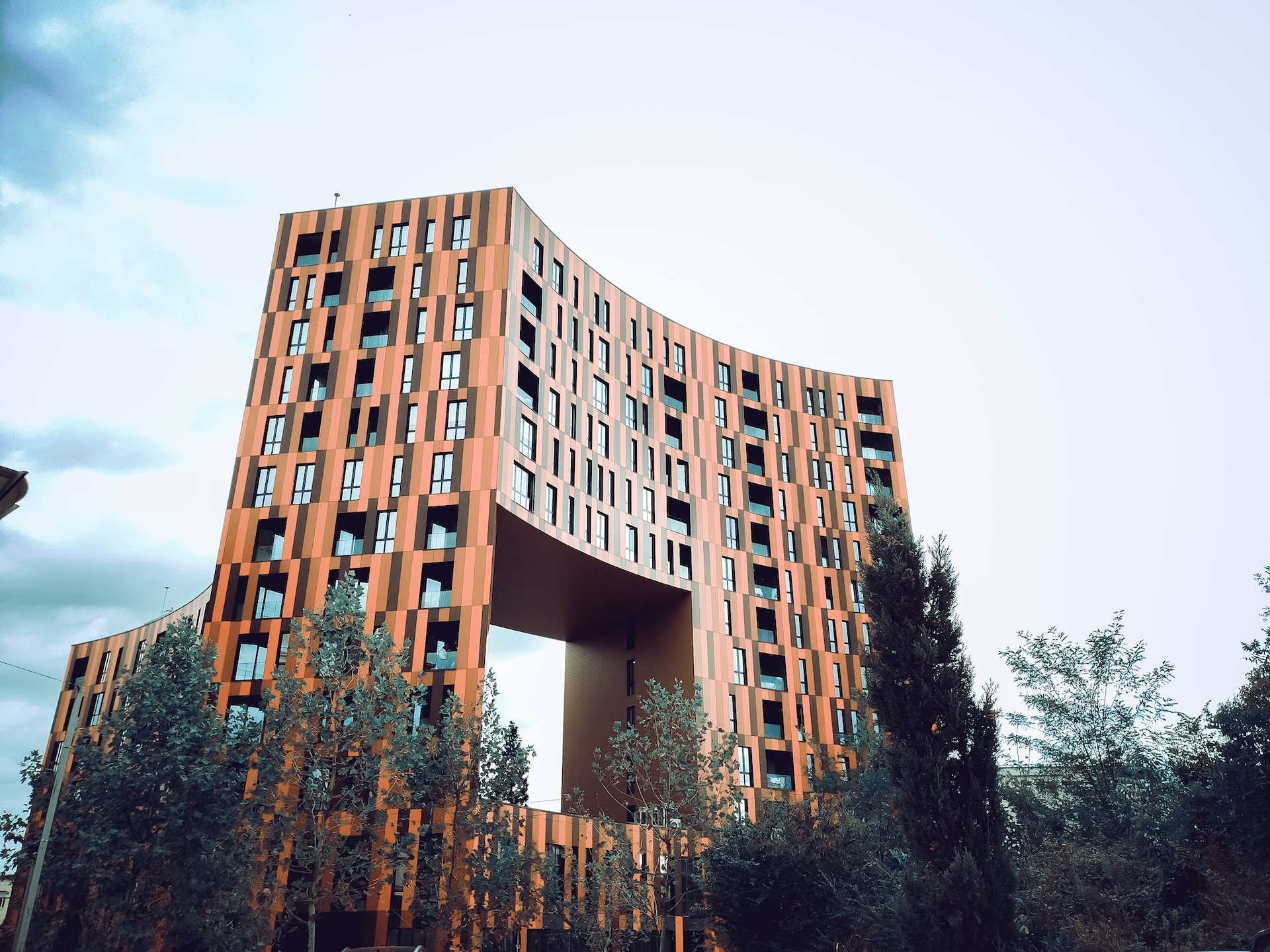
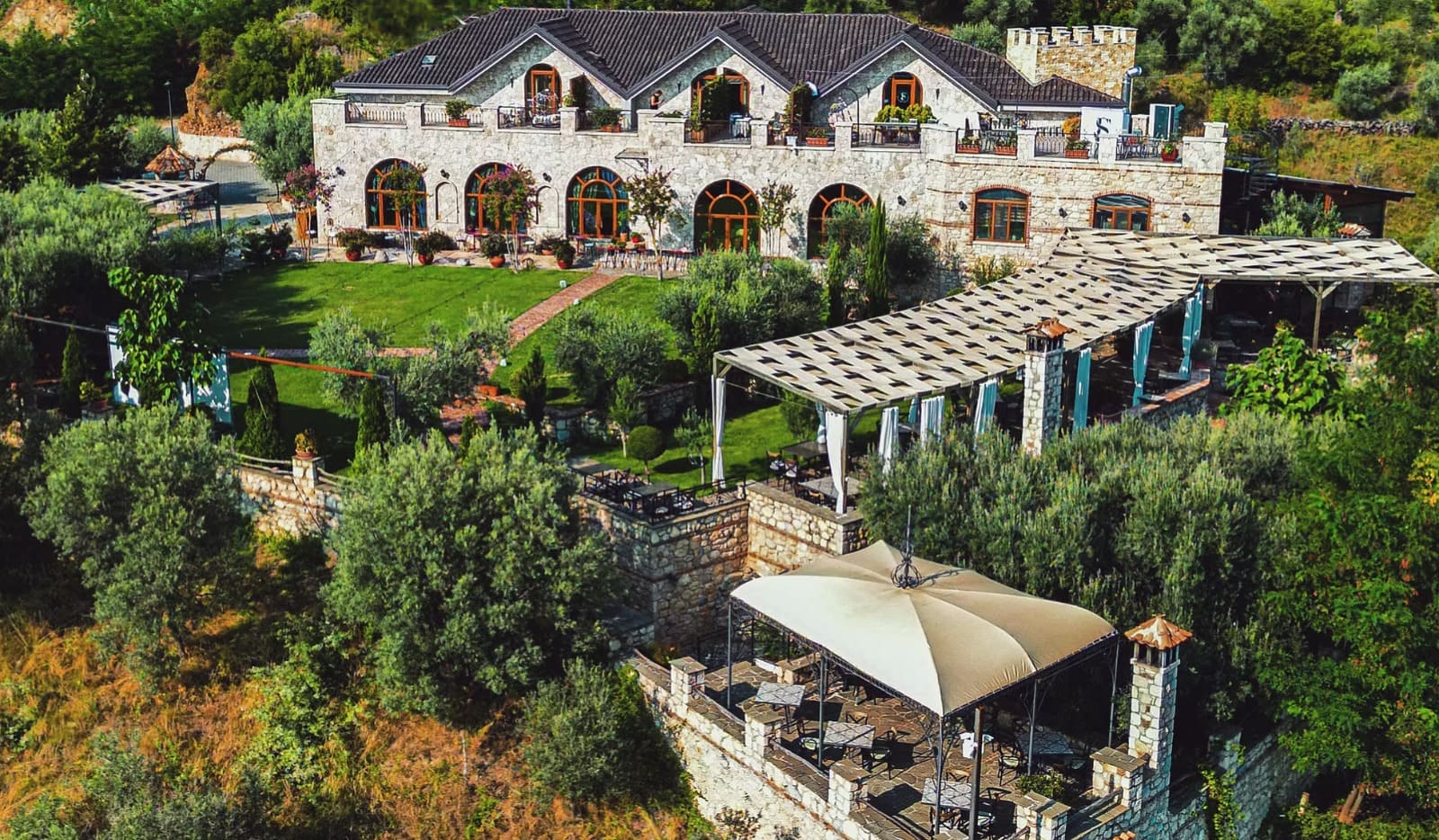
 4.8
4.8